Chrome plating – you definitely know it. Seriously, how can you not, with all the shine and gloss it radiates? Knowing when and how to coat a metal surface with chrome is, understandably, one of the most extensively studied surface treatment methods. However, it is not always about coating surfaces with chrome. At times, one needs to remove chrome plating. And, we must say, it isn’t a walk in the park. But you have this guide to walk you all through the way how to remove chrome plating.
What Is Chrome Plating?
Before we answer this, let us briefly consider electroplating. You’ll understand why very shortly! Electroplating is a process that adds a surface layer of metal to another type of metal. One of the primary reasons for electroplating is to offer protection against corrosion. Here, a less corrosive or noncorrosive metal is used to cover a metal more liable to corrosion. There are other reasons too, like improving the product’s life span and even beautifying metal surfaces.
Now, that we have that out of the way, let’s go back to the topic question – what is chrome plating? Chrome plating is a technique of electroplating a thin layer of chromium onto a metal object. Another name for this form of plating is chromium plating. The product of chrome plating is chrome.
It appears as a shiny, silver coating on objects. There are many compounds that can give similar shiny finishes, like polished aluminum, but chrome plating usually takes on a brighter and more mirror-like form, leading to more accurate reflections.
Types of Chrome Plating
There are two types of chrome plating – hard and decorative.
Hard Chrome
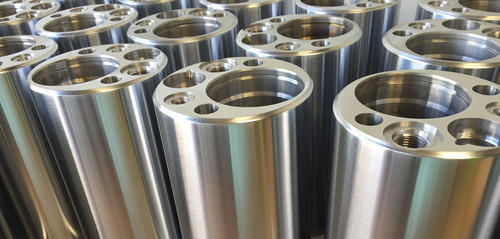
This is also commonly known as industrial chrome. This form of plating is thicker than decorative plating, and its use is for materials that need to be highly functional and stronger. Hard chrome coating is useful in reducing friction because of its great lubricity and hardness. Aside from friction, its lubricity and hardness also ensure that materials with this type of coating are more durable and more resistant to abrasion from wear and tear. The standard thickness of hard chrome is between 0.02 to 0.04mm.
Another one of the remarkable properties of hard chrome plating is the ability to expand chemical inertness, especially oxidation resistance.
Decorative Chrome
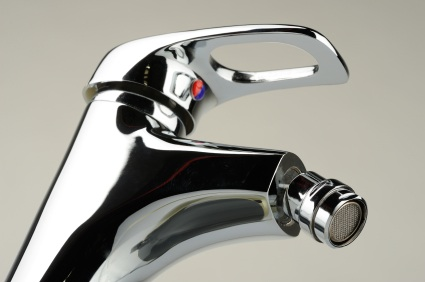
Another name for this type of chrome plating is bright plating. Let’s be real here; the name probably gives a lot away! Decorative chrome plating typically has far thinner chrome coats. It is typically reserved for materials that require high aesthetic potential.
But this is not to say this chrome plating will not protect the material from corrosion and abrasion; it just isn’t as great as doing that as hard chrome plating. By the way, the primary difference between them is the thickness of the chrome coat. The standard thickness range of decorative chrome plating is 0.002mm to 0.02mm.
One special characteristic of decorative chrome plating is that it actually requires the material to have a bright nickel plate before the chrome plate comes on. This aims to provide the reflective properties, smoothness, and corrosion-resistant properties of the material.
Applications of Chrome Coating
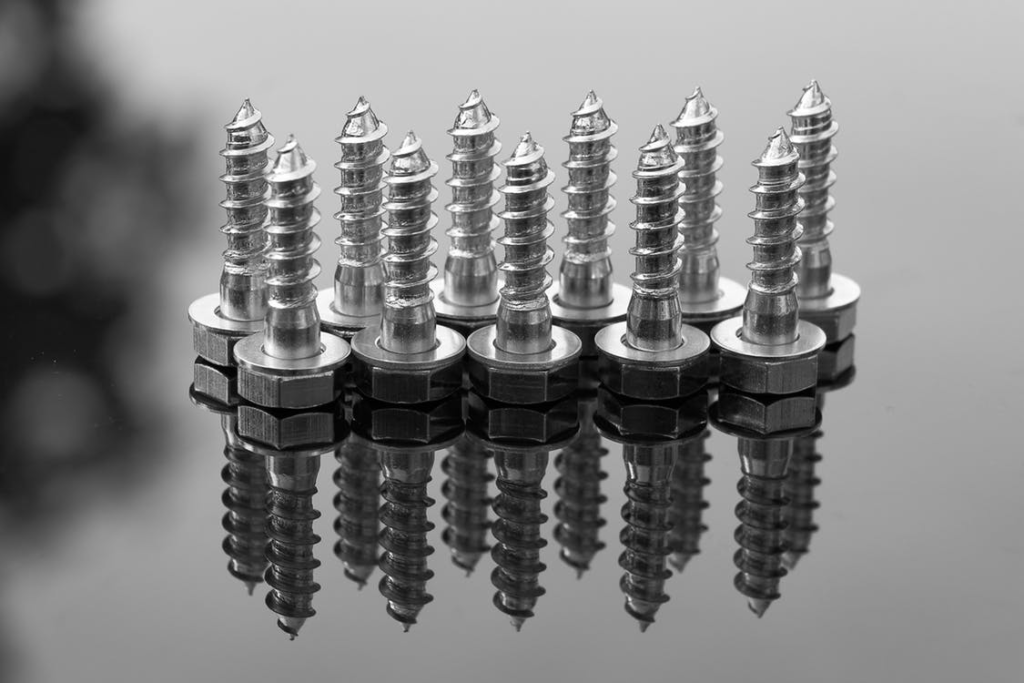
The applications of chrome coating vary, depending on the type of material that needs the chrome plate and what purposes. Materials that need high aesthetic potential and appeal need a decorative chrome coating. Materials for more technical and functional use will require something thicker, like hard chrome coating. Below are the various practical applications of chrome plating in the industry today.
- Hard and decorative chrome are useful in the automotive industry. Hard chrome is perfect for certain engineering parts that need strength and durability because of the hard work they do over long periods, like shock absorbers.
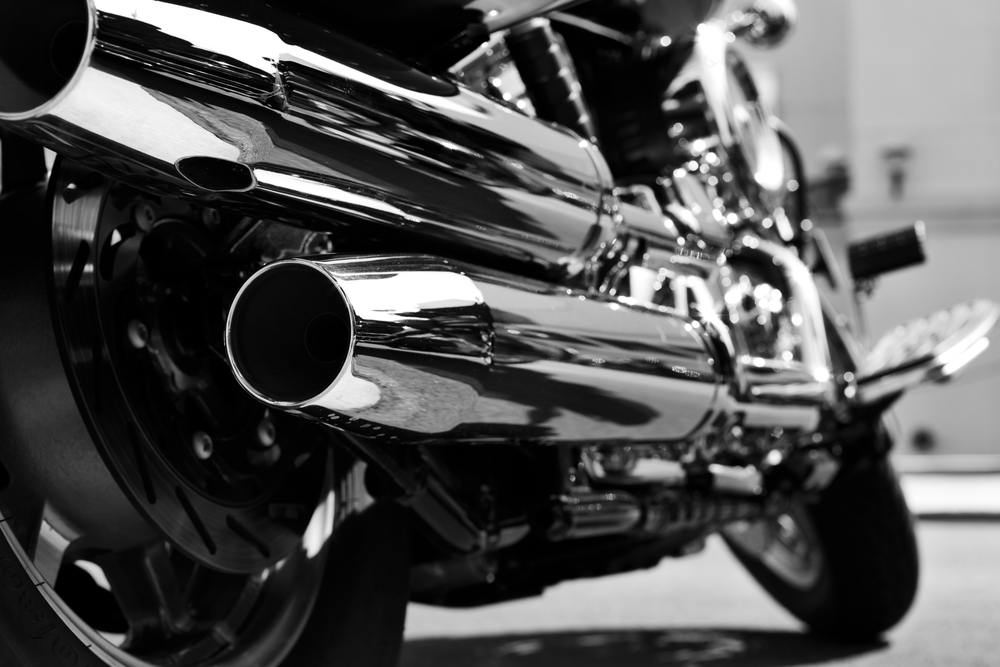
On the other hand, one can use decorative chrome for components where aesthetics cannot be overlooked, like rims, body parts, exhaust pipes, etc.
- Hard chrome plating is a good filling material to ensure certain worn-out materials return to their natural dimensions.
- Decorative chrome plating is common with kitchen utensils and taps.
- Hard chrome plating is an important coat in components of airplanes, jets, and other flying bodies. It extends the lifetime of the various components, keeping them resistant to wear and tear as well as ensuring they don’t weigh too much.
How Does Chrome Plating Work?
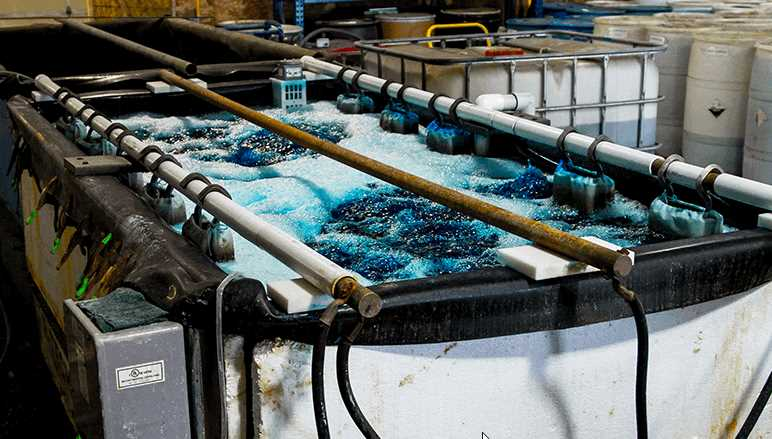
Chrome plating is a form of electroplating, which, as earlier defined, involves electrically coating a layer of metal on another metal surface. Because this process is an electroplating technique, it needs an electrical charge.
Essentially, the manufacturer applies an electrical charge to a container of chromium anhydride. This charge causes the chemical reactions necessary for depositing the chromium metal on the surface of the material the manufacturer wants to plate with chrome. This is obviously an oversimplification of the actual processes one needs in chrome plating.
How to Remove Chrome Plating
Chrome plating usually offers protection against corrosion and makes chrome-plated metals more durable. However, as with most other surface treatments, wear and tear from extended use may damage the chrome coat. Therefore, it becomes important to consider how to strip the chrome coat off metals and also how to remove chrome plating from plastics.
1. Specialized Machinery
There are specialized machines that can help strip off chrome from various materials. One of the advantages of using these machines is they can be used for both plastics and metals. A feature unavailable when the manufacturer employs chemical solutions.
Using an Abrasive Blaster
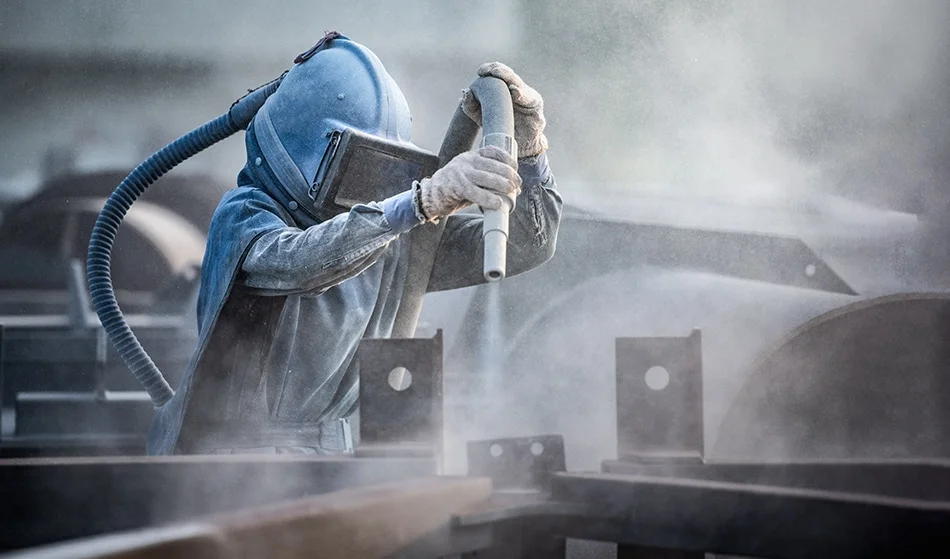
Abrasive blasting, also known as sandblasting, is a technique that involves abrading the chrome materials with a spray of tiny and fine pellets. The tool that helps with abrasive blasting is an abrasive blaster. These blasters are usually a staple in many auto shops, as they can help to completely remove chrome plating from many of the metals in automobiles.
One precaution in this process is the wearing of necessary protective gear, which includes goggles and masks. This is because there may be a release of very fine debris and dust into the air, which can be toxic and irritating upon contact with the eyes and lungs.
Using an Ultrasonic Cleaner
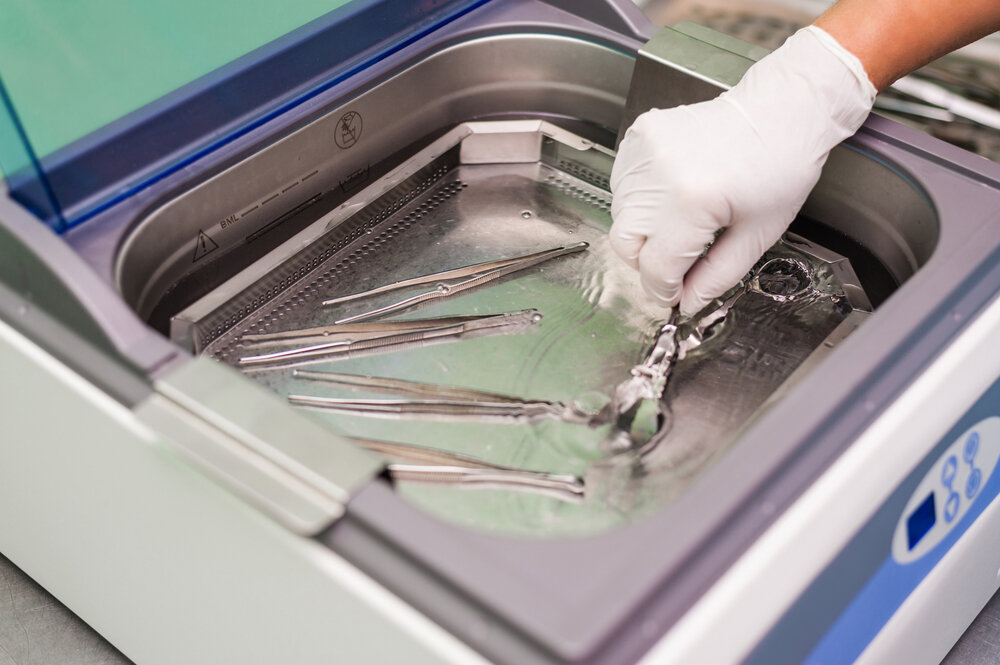
These cleaners have a rich history of use with jewelry. Perhaps the main reason for this is their ability to clean very delicate materials that are otherwise damaged with other removal techniques and procedures.
This specialized cleaner allows for easy off chrome removal. Ultrasonic cleaners employ sound waves in removing the chrome plating from metals. For this technique, one puts the chrome-plated materials in the ultrasonic cleaner basket with a cleaner solution. Ultrasonic cleaners have a reputation for use for relatively small materials that resist other forms of chrome removal techniques.
2. Chemical Solutions
In developing chrome plating, one needs to trigger chemical reactions with an electric current. Conversely, one can remove chrome plating with certain chemicals. A quick word of caution, though, using chemicals to remove chrome from plastics can lead to the destruction of the plastic materials. Also, the use of protective gear, particularly gloves, is not negotiable.
Hydrochloric Acid
Hydrochloric acid is a strong mineral acid with similarly strong corrosive properties. However, when removing chrome from metals, this corrosive property is useful. Hydrochloric acid is typically used in high concentrations, say 30-40%.
To remove the coat, one needs to submerge the chrome-plated material in the acid solution and allow the acid to act. The chrome coating will come off after a while and should be duly removed from the acid solution. Keeping the material in the concentrated hydrochloric acid solution longer than is necessary can damage it. After stripping chrome off the material, thoroughly wash with soap and water and rinse. Leave to dry.
You cannot remove chrome from plastic materials using chemicals. This is because of the highly corrosive properties of many chemicals, particularly at high concentrations, on plastic materials. This principle also applies when preparing the hydrochloric acid solution. Only use metal buckets or containers resistant to the effects of the acid in preparing the acid solution.
Sodium Hydroxide
As hydrochloric acid is the poster boy for acid solutions, sodium hydroxide is for bases. Sodium hydroxide solution is highly basic and is useful in removing chrome plating from certain metals.
The process of removal is similar to using acid solutions – immersing the chrome-plated materials in the solution and allowing it to act. The result is also stripping of chrome off the materials immersed in the solution. After this, one must wash the material with soap and water, rinse, and leave to dry.
Reverse Electroplating
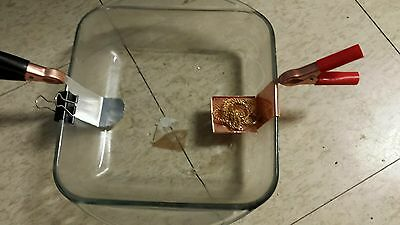
Yes, it’s just as it sounds – reversing the electroplating procedure. Don’t be fooled, though; it’s not nearly as easy as it sounds! Also, only professionals should carry out this process as it is quite hazardous, involving several toxic and carcinogenic chemicals.
Reverse electroplating typically uses a mixture of acid with water in a 100 to 1 ratio. The final acid used is obtained by mixing chromic and sulphuric acid. This process occurs between 120-150F. After optimizing temperature, the handler uses a DC power source to expose the negative charge. The principle behind all of this is pulling positive ions of chrome from the material.
After removing chrome, rinse the material thoroughly in running water and allow it to dry.
RapidDirect’s Chrome Plating Services
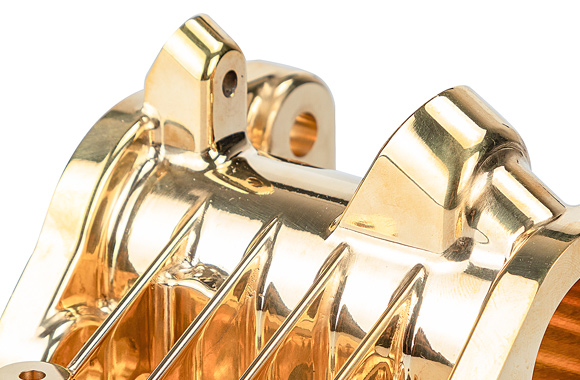
There are many forms of surface finishes – powder coating, brushing, anodizing, etc. However, one of the most used finishing is electroplating, of which chrome plating is part.
The entire chrome plating process is best handled by professionals for safety and quality purposes. And where better to get these professionals than at RapidDirect!
We offer top-notch electroplating services, and our experts are always willing to help out with all your electroplating needs. Visit us today!
FAQs
- Is it safe to sand off chrome to remove chrome plating?
This depends entirely on how the handler sands the material, as well as the kind of sandpaper. 400-grit sandpaper is perfect for sanding purposes. Also, professionals should sand metal surfaces. This will prevent defacing of the material’s surface after the removal of the chrome coat. With proper attention to precautions, there is little to worry about regarding product damage.
- Can you use paint or powder coating to remove chrome plating?
Absolutely. You can just powder coat over the chrome coat if you like. But it will be smarter and better to remove the chrome coat before applying other finishes.
- Should chrome plating only be done by professionals?
While non-professionals can safely apply a chrome plate, the level of quality professionals, like at RapidDirect, bring to the table is significantly greater than with non-professionals.


